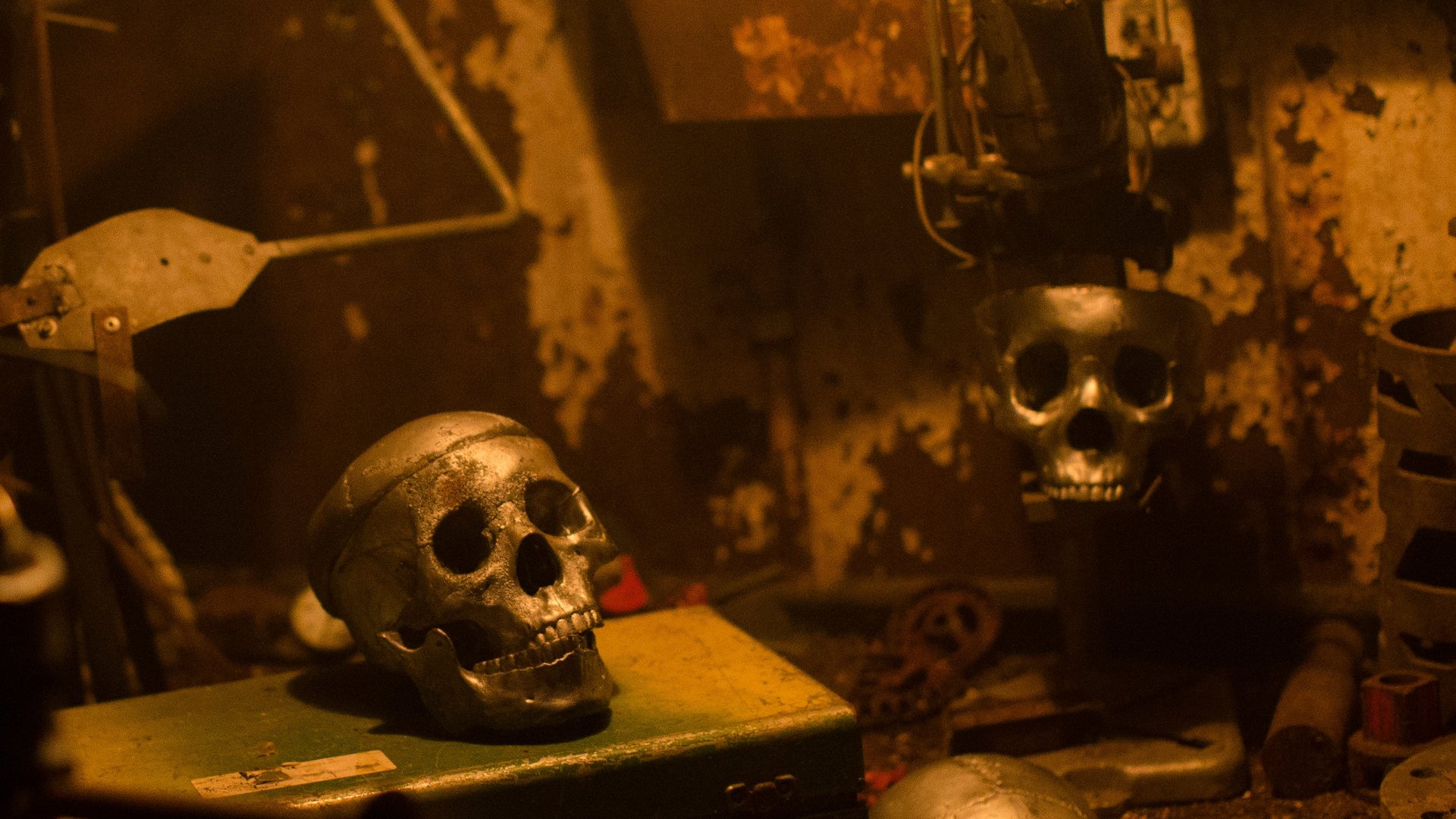Visiting a haunted house is good for your mental health
Lots of people seek professional help to deal with their fears. But sociologist Margee Kerr believes in an unusual form of treatment to improve mental health: “scare-apy.”


Lots of people seek professional help to deal with their fears. But sociologist Margee Kerr believes in an unusual form of treatment to improve mental health: “scare-apy.”
Kerr, who runs a haunted house called Scare House in Pittsburgh, has been using brain scans to monitor visitors’ responses to things that go bump in the night. Her tentative conclusion is that in small doses, controlled fear may be good for us.
“What we are finding is that by focusing on a very ‘up’ emotion, a scare response is going to help people with anxiety and rumination,” Kerr said on a nighttime phone call from the haunted house, as visitors screamed audibly in the background.
Her theory is that the feeling of terror we get when we enter a pitch-black room or when an unexpected goblin pops out from behind a mirror may be a helpful distraction from our everyday woes. If you’re brooding over a particular worry, “getting yourself into an arousal response gives you a second to reset and start going down a new path,” said Kerr, whose book Scream: Chilling Adventures in the Science of Fear came out in September.
The haunted house relies on scientifically-proven methods to give people a scare. Seeing the whites of people’s eyes in an otherwise dark environment is known to activate the brain’s fear response, as are low-frequency sounds and strobe lights.
“Strobe lights are really good at creating a sense of depersonalization,” Kerr said.
Extreme fear such as the kind generated by riding a rollercoaster can be good for us in ways that go beyond helping us forget about job stress and money problems. It’s a sensible amount of fear that stops us from jumping off cliffs or picking fights with burly wrestlers. Not only is it an important emotion for self-preservation, some argue that it may be a primary motivating factor in life.
“Fear drives us to gain resources, fear drives us to find a long-term mate,” said evolutionary psychologist David Rakison, who studies fear as director of the Infant Cognition Lab at Carnegie Mellon University. (Those of you who thought you married for love, think again.)
Rakison believes that children learn fear based on negative emotional responses they witness. In line with that logic, anxious parents create fearful children.
He’s come to this conclusion by exposing babies to snakes and spiders, but he insists he’s not a bad guy. The infants want to play with creatures that creep and crawl, since fear is not innate.
“Babies simply don’t experience fear unless they see someone else experience it,” he said.
However, there is a point at which fear stops being useful. For those suffering from post-traumatic stress disorder or dealing with other mental health issues, it can be paralyzing.
“The inability to turn fear off when you don’t need it fundamentally drives the clinical psychiatric disorders,” said Massachusetts General Hospital psychiatrist Alik Widge. He’s part of a team working to develop a device that seems straight out of science fiction: a brain implant that could help control fear.
The purpose of the implant is to increase people’s ability to feel the way they want to feel, Widge said. He’s developing the device in partnership with Draper Laboratories and with funding from the Defense Advanced Research Projects Agency, the research and development arm of the US Department of Defense. The plan is to use the device to treat seven different disorders including PTSD, drug addiction and traumatic brain injury.
Widge’s hospital already implants electrodes into patients’ brains to treat severe depression and obsessive compulsive disorder. But this new device will be the first to monitor signals across multiple brain structures, using the activity to deliver individualized stimulation to key areas.
For the fearful majority, experts agree that facing our fears little by little through exposure therapy is the best way to overcome them. Haunted houses like Kerr’s give us a chance to brush up against the macabre and the unknown with gleeful (but not reckless) abandon. “We want people to know they aren’t going to face real fear in this space,” Kerr said.